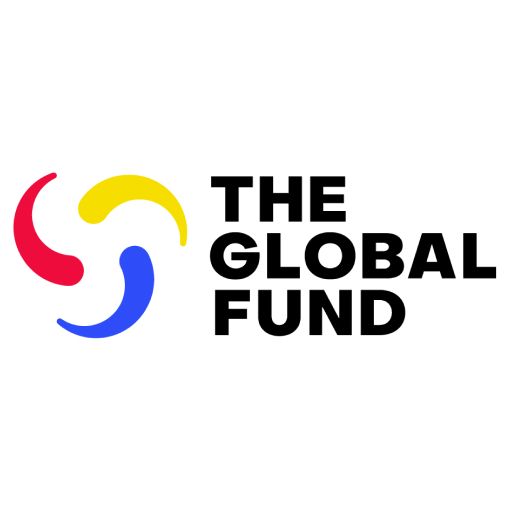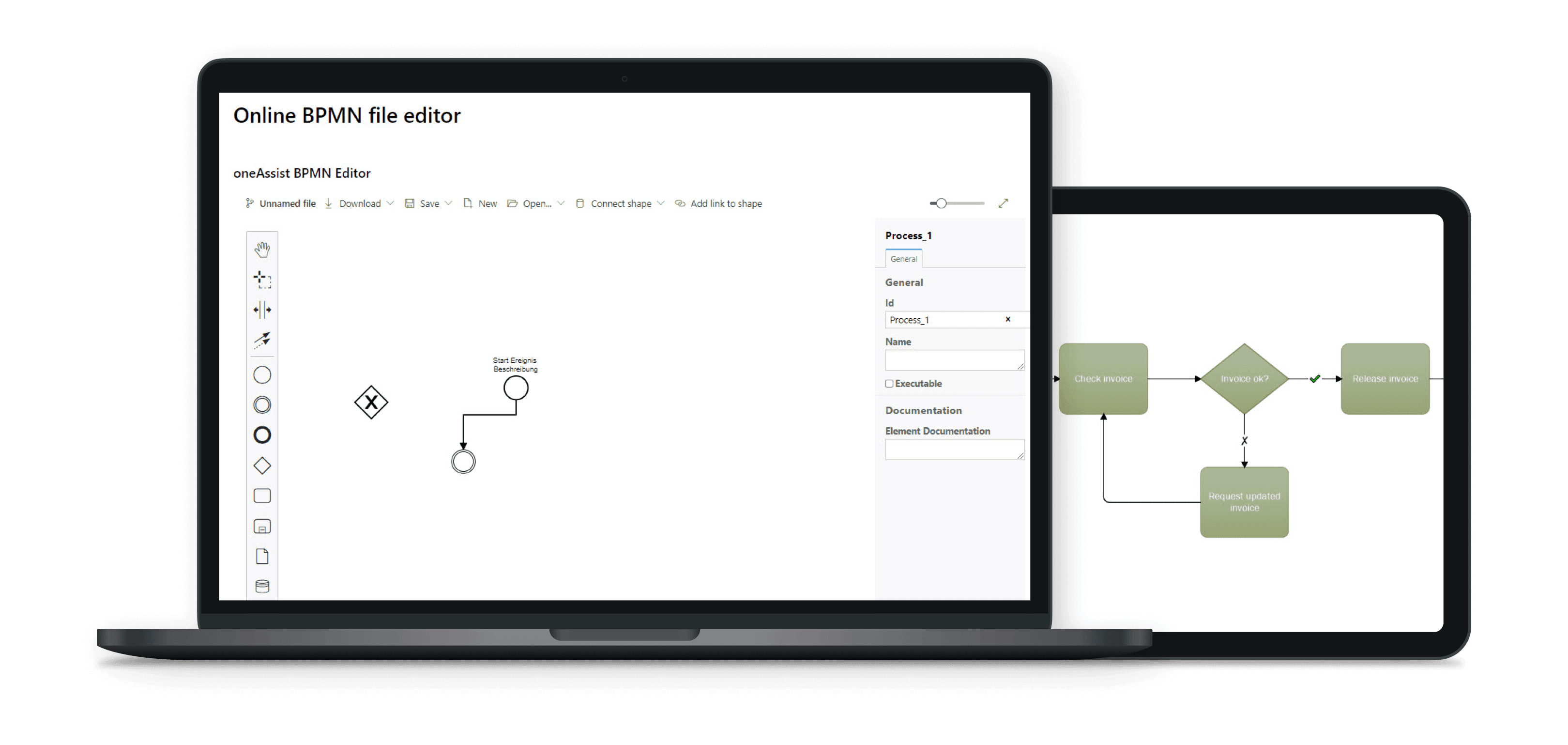Since its founding in 2002, the nonprofit has made strong inroads on its mission. Now, with COVID-19 added to its list, the Geneva-based nonprofit faces added challenges in its life-saving mission. The Global Fund wanted a flexible tool that it could use to build on its early successes and tackle the more nuanced aspects of disease spread. The organization focused on how funds are used after the principal recipients (PRs) receive them. A PR can be a government or a non-governmental agency, such as a non-governmental organization or a UN agency. The Global Fund found that understanding what happens to the funds after they’ve been disbursed by the PRs to the next layer—an ever-expanding pyramid of institutions charged with carrying out interventions—is key to getting the greatest possible value from that money.
Wierzynska’s role in the organization is to hold recipients of grant funds accountable for delivering the actual public health interventions that the Global Fund finances. And although she began her career as a fraud investigator, she finds that the best way to achieve accountability is by understanding the complex interplay public health agencies and the broad array of health service provider involved in delivering health interventions. Questions about who has responsibility for what, how implementors coordinate, and how they spend each portion of a grant as it passes through a PR’s sub-organizations are much more important in ensuring impact.
A picture is worth a thousand words, or in the case of the Global Fund—the web of organizations, and the flow of funds, medicines, diagnostics, epidemiological data, and decision-making that connects them. Before the Visio-based tool was available, the organization struggled to gather that information and present it in a way people could easily grasp. It could take weeks to produce a representation of the national health system and associated organizations that receive grant funds, but the image would be either too messy or incomplete, so no one would use it—time-pressed grant managers and other users found it difficult to grasp the non-standardized, complex diagrams. Wierzynska envisioned a simplified map of shapes indicating PRs and their downstream organizations, connected with color-coded arrows to indicate the flows of medicines, data, and supervision over funding. “After looking at masses of ready-made tools on one hand, and on the other interviewing several developers to create a bespoke solution, I was discouraged by the costs and complexities of both options,” says Wierzynska. She engaged with oneAssist, a Munich- and Berlin-based Microsoft Partner Network member specializing in Visio. “oneAssist understood our needs and used Visio to create my dream tool for tracking and showing all the information we need with mind-blowing functionality.”

